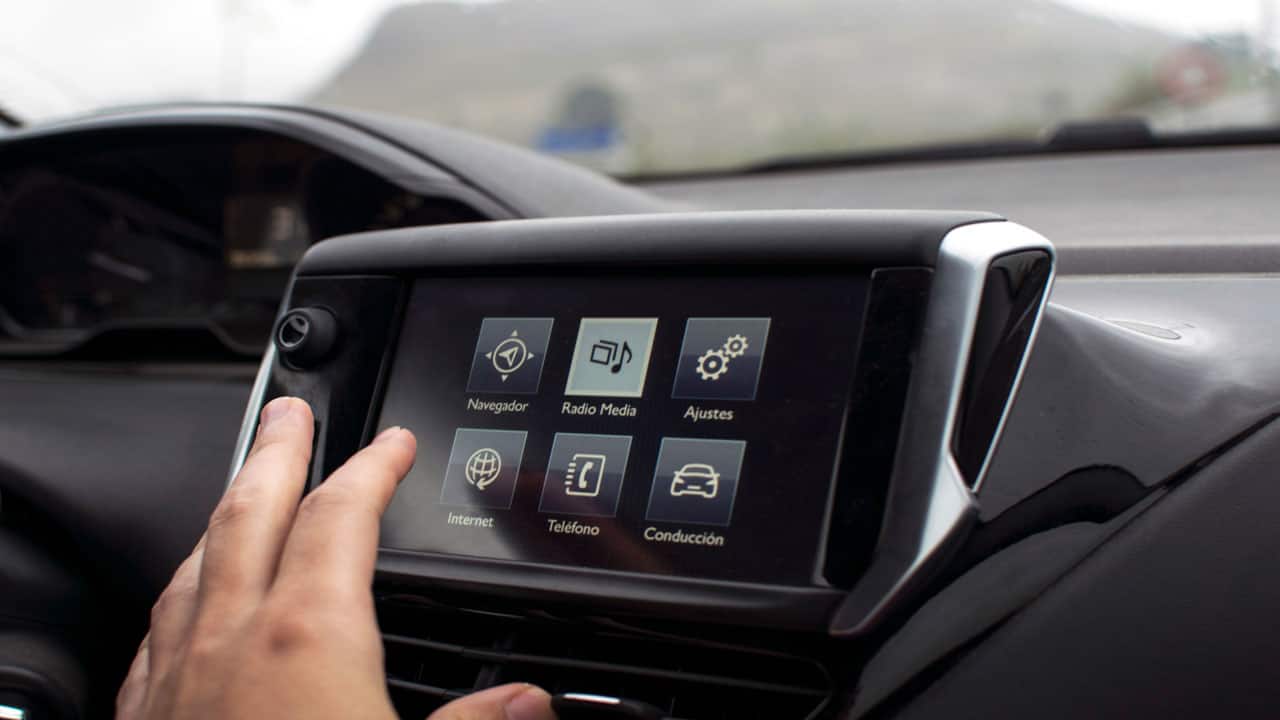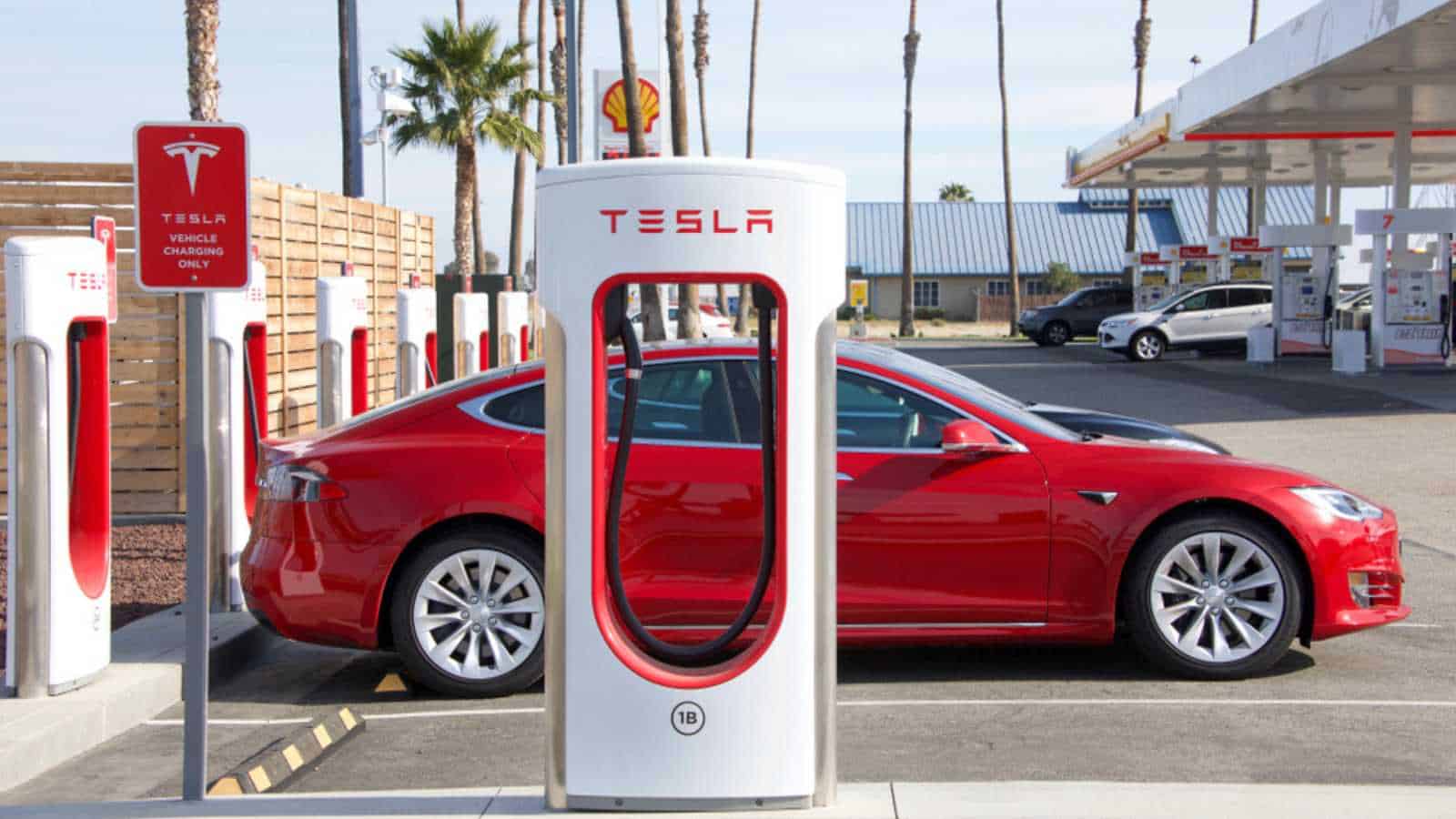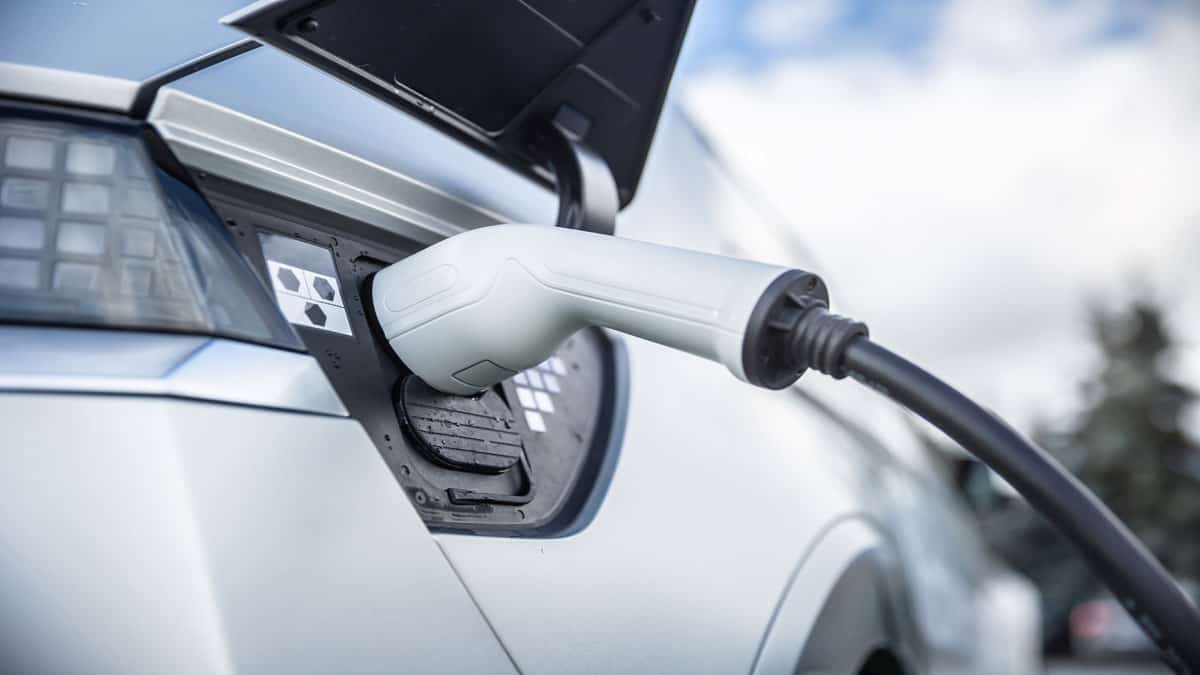THIS POST MAY CONTAIN AFFILIATE LINKS. PLEASE SEE MY DISCLOSURES. FOR MORE INFORMATION.
Electric vehicles are all the buzz in the automotive industry.
As technology improves and battery range gets longer, many see EVs as the future of driving.
However, significant hurdles remain before mass adoption can happen.
While environmental benefits and low fueling costs attract some buyers, others are raising doubts or expressing concerns that give them pause.
Let’s take an in-depth look at why many consumers, at least for now, are still saying no to swapping their gas guzzler for a plug-in ride.
From range anxiety to lack of charging infrastructure to higher upfront prices, there are valid discussions to be had around both the promises and challenges of life with an EV.
By exploring these objections in an even-handed manner, we aim to have an informative debate on this disruptive automotive technology and how it might evolve to allay more reservations down the road ultimately.
Table of Contents
#1. Increased Electricity Bill

While EVs are more energy-efficient and cost-effective to operate than gasoline-powered vehicles, charging at home can lead to a noticeable increase in your electricity bill.
New EV owners often underestimate this additional cost.
There are ways to mitigate this expense. For example, many utility companies offer special EV charging rates that can significantly reduce the cost of charging your vehicle at home.
Also, public charging stations are becoming more prevalent and often offer competitive pricing options.
#2. Software Issues

EVs are equipped with complex software systems, and glitches or updates can sometimes lead to unexpected issues.
These issues can significantly impact various vehicle functions, such as the charging system, driving performance, and the functionality of in-car features.
From experiencing difficulties with charging your vehicle to noticing a decrease in driving performance, these issues can arise and disrupt your overall driving experience.
Addressing and resolving them promptly is crucial to ensure a smooth and enjoyable ride.
#3. No Trash Cans or Window Washing Supplies At Charging Stations

Some EV charging stations need more basic amenities like trash cans and window washing supplies.
Maintaining a clean window and interior can be a bit more inconvenient for electric vehicle (EV) owners used to gas station convenience.
Without the traditional pit stop, EV owners may need alternative solutions to keep their windows clean and interiors neat.
#4. Battery Degradation Over Time

Like all batteries, EV batteries degrade over time, impacting the vehicle’s range and overall performance.
The degradation rate can vary significantly depending on a multitude of factors, such as the frequency and intensity of usage, the ambient temperature conditions, and even the charging habits employed.
By considering these factors, one can gain a more comprehensive understanding of how various elements impact the rate at which degradation occurs.
#5. Decreased Range in Cold Weather

Electric vehicle batteries are less efficient in cold weather, significantly decreasing driving range.
In cold conditions, such as sub-zero temperatures, the impact on range reduction can be significant, with up to a 40% decrease in overall mileage.
Consequently, electric vehicle owners may find it necessary to recharge their vehicles more frequently to maintain optimal performance and ensure uninterrupted travel.
#6. Limited Service Centers

Compared to traditional automakers, electric vehicle manufacturers often have fewer service centers.
This can lead to longer wait times for repairs and maintenance, making it less convenient for EV owners, particularly in areas with limited service coverage.
In addition, specialized training and equipment are required for servicing electric vehicles, which can result in higher repair costs.
#7. Decreased Range at Highway Speed

Driving an electric vehicle at high speeds, especially on highways, can significantly reduce the range compared to city driving.
The increased aerodynamic drag and energy demand at these speeds result in shorter travel distances on a single charge.
This is something to remember for those who frequently travel long distances on highways.
If highway driving is a significant part of your daily commute or lifestyle, it’s essential to carefully consider the range capabilities of different electric vehicles before making a purchase.
#8. Pedestrians Not Hearing The Car

Electric vehicles are quieter than traditional gas-powered vehicles, which poses a safety concern for pedestrians who may not hear them approaching.
Regulations in some regions require EVs to emit artificial sounds at low speeds to address this issue.
It’s still important to be aware of this potential hazard and practice caution while driving an electric vehicle in areas with heavy pedestrian traffic.
#9. Variation In Charging Costs Between States/Locations

Charging an electric vehicle can vary by state and charging station due to factors like electricity rates, infrastructure availability, and regulations.
This makes it challenging to predict and budget for charging expenses, especially during long-distance travel.
EV owners must plan their charging strategy and stay informed about local infrastructure to optimize their experience and minimize costs.
#10. Charging Infrastructure Gaps

While charging networks are expanding, there are still gaps in charging infrastructure, especially in rural and less developed areas.
This can limit long-distance travel options and make owning an EV less convenient for some.
Efforts are being made to bridge these gaps and improve accessibility for EV drivers.
Local governments are incentivizing the installation of public charging stations, and companies like Tesla are expanding their Supercharger network across the country.
As more people transition to electric vehicles, the infrastructure will continue to grow and become more widespread.
#11. Faster Tire Wear

Electric vehicles (EVs) are typically heavier compared to traditional vehicles because of the battery packs they carry.
This additional weight, combined with the instant torque they provide, can lead to accelerated tire wear.
As a result, EV owners may need to replace their tires more frequently, which can contribute to the overall cost of ownership.
#12. Turning Off AC/Heat to Save Range

To extend their range and maximize the efficiency of their electric vehicles (EVs), drivers often make small sacrifices in comfort.
This may include limiting the use of air conditioning or heating systems, as these can consume additional power and reduce the overall driving range of the EV.
During extreme weather conditions such as heavy rain, snowstorms, or scorching heat, this can lead to significant discomfort and a noticeable decline in overall driving satisfaction.
15 Cheap Beater Cars To Save Thousands

Many people are looking into cheaper alternatives with car prices through the roof.
But with many unreliable cars out there, what do you do?
Here are the best beater cars to save you thousands.
Are Hybrids Good For The Environment

You hear that hybrids and even electric cars are a more intelligent choice for the planet.
But is this really the case?
Here is how much these vehicles pollute the earth.
FIND OUT IF HYBRIDS ARE GOOD FOR THE ENVIRONMENT
Save Money on Car Insurance

Thanks to technology, it’s very easy to save money on car insurance.
If you haven’t shopped around in the past year, you are likely paying more than you should.
Here are some simple hacks to slash your insurance bill.
BEST WAYS TO SAVE MONEY ON CAR INSURANCE
Never Have A Car Payment Again

Do you hate having a car payment?
If you are like most people, the answer is yes. The good news is, with some planning, you can buy your next car and not have a monthly payment!
HOW TO NEVER HAVE A CAR PAYMENT AGAIN
Are Hybrids Worth It?

Many people think buying a hybrid car will save them money. They base this on the fact they will buy less gas, which means saving money. But they don’t consider the higher cost of a hybrid vehicle. Can this difference make a hybrid more costly to own?
This thread inspired this article.
I have over 15 years experience in the financial services industry and 20 years investing in the stock market. I have both my undergrad and graduate degrees in Finance, and am FINRA Series 65 licensed and have a Certificate in Financial Planning.
Visit my About Me page to learn more about me and why I am your trusted personal finance expert.
